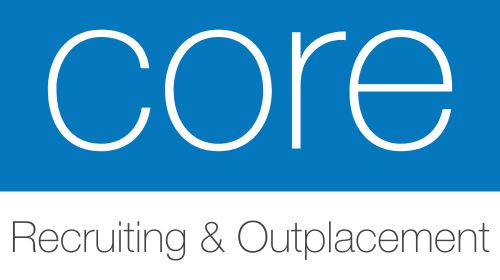
Best Peptide Stacks of 2025: The Definitive Guide
FollowOverview
-
Founded Date April 19, 1968
-
Sectors Manufacturing
Company Description
Sermorelin vs. CJC-1295 + Ipamorelin: Choosing the Right Growth Hormone Peptide for You
Sermorelin, tesamorelin and ipamorelin are three of the most commonly discussed peptides in the context of growth hormone therapy. Each of these molecules has its own unique characteristics, mechanisms of action, clinical uses and side-effect profiles, yet they also share a number of similarities that make them attractive options for individuals seeking to optimize their hormonal health.
Sermorelin versus CJC-1295 + Ipamorelin: Which Peptide Therapy Is Right for You?
When deciding between sermorelin and valley.md the combination of CJC-1295 with ipamorelin, it is important to consider several key factors. Sermorelin is a synthetic analogue of growth hormone releasing hormone (GHRH). It works by stimulating the pituitary gland to release natural growth hormone in a pulsatile manner that closely mimics physiological secretion patterns. This makes sermorelin particularly useful for patients who want to enhance their endogenous growth hormone production without directly administering exogenous growth hormone itself.
In contrast, CJC-1295 is a long-acting GHRH analogue that has been engineered to resist degradation by the enzyme dipeptidyl peptidase-4 (DPP-4). When combined with ipamorelin – a selective growth hormone releasing peptide (GHRP) that targets the ghrelin receptor – the result is a synergistic effect: CJC-1295 provides sustained stimulation of the pituitary, while ipamorelin offers an additional boost in GH release. The combination is often favored by those who desire higher peak levels of growth hormone and IGF-1 for purposes such as body composition improvement or anti-aging interventions.
The decision between these options ultimately hinges on your goals, tolerance to injections, desired frequency of dosing, and any underlying medical conditions that may influence the choice. For instance, if you have a history of pituitary disorders, sermorelin’s mild stimulation profile might be preferable. If you are an athlete or bodybuilder looking for maximal anabolic effects, CJC-1295 + ipamorelin could offer greater benefit.
The Similarities
All three peptides – sermorelin, tesamorelin and ipamorelin – share several fundamental similarities:
- Growth Hormone Modulation: Each peptide ultimately increases circulating levels of growth hormone either directly or by stimulating the pituitary to release it naturally.
- Non-Exogenous GH Administration: None of these peptides are themselves growth hormone; they act as stimulants, which can reduce the risk of some side effects associated with direct GH therapy such as edema or joint pain.
- Injectable Formulations: All are typically delivered via subcutaneous injections, allowing for relatively easy self-administration at home once proper technique is mastered.
- Pulsatile Secretion Mimicry: They all promote a pulsatile pattern of hormone release that is more physiologic than the continuous exposure seen with some other therapies.
- Clinical Uses: Common indications include growth hormone deficiency, HIV-associated lipodystrophy (for tesamorelin), anti-aging strategies, improved sleep quality and enhanced recovery after exercise or surgery.
Despite these similarities, there are distinct differences in pharmacokinetics, duration of action, receptor targets and side-effect profiles that should be taken into account. For example, tesamorelin is specifically approved for reducing excess abdominal fat in HIV patients with lipodystrophy, whereas sermorelin and the CJC-1295/ipamorelin combo are not FDA-approved for any indication but are widely used off-label.
Please verify your phone number below
(Your phone verification details go here)
